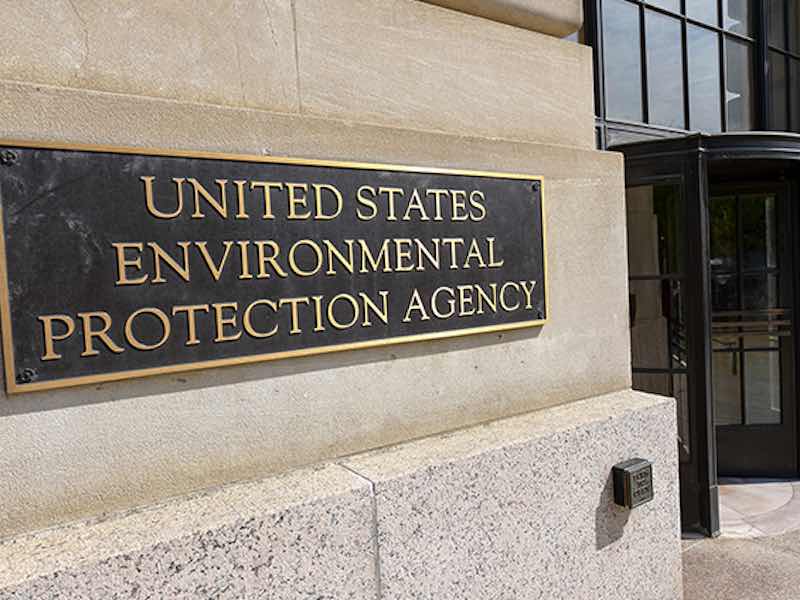EPA Proposes Significant Amendments to PFAS Reporting Rule
The U.S. Environmental Protection Agency (EPA) has released a pre-publication edition of its much-anticipated proposal to amend the Toxic Substances Control Act (TSCA) reporting and recordkeeping regulation for per- and polyfluoroalkyl substances (PFAS).























































